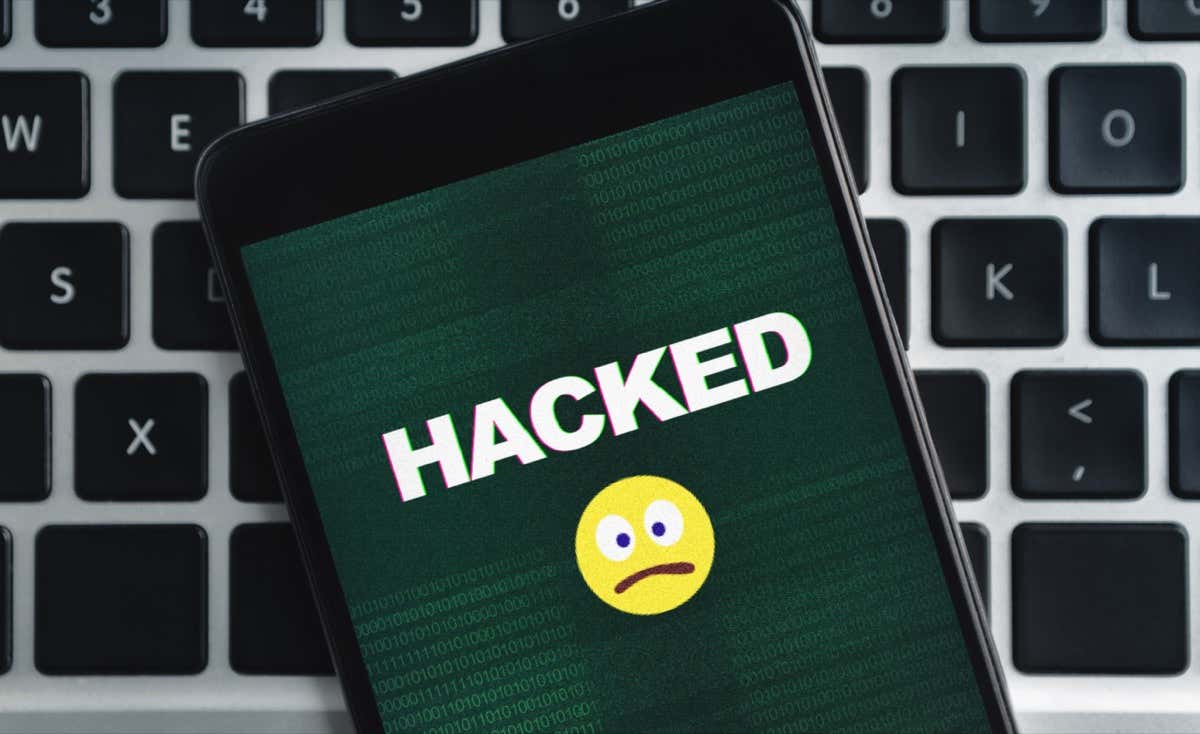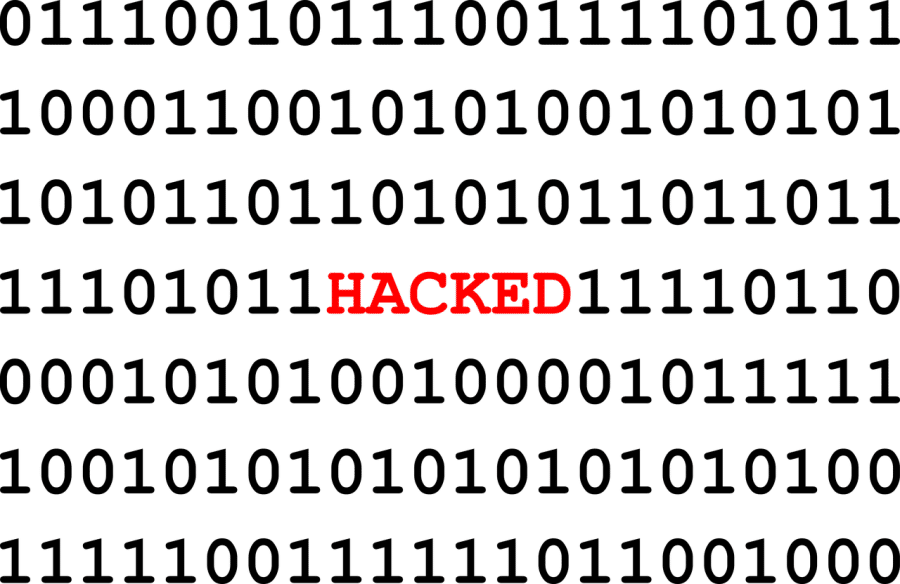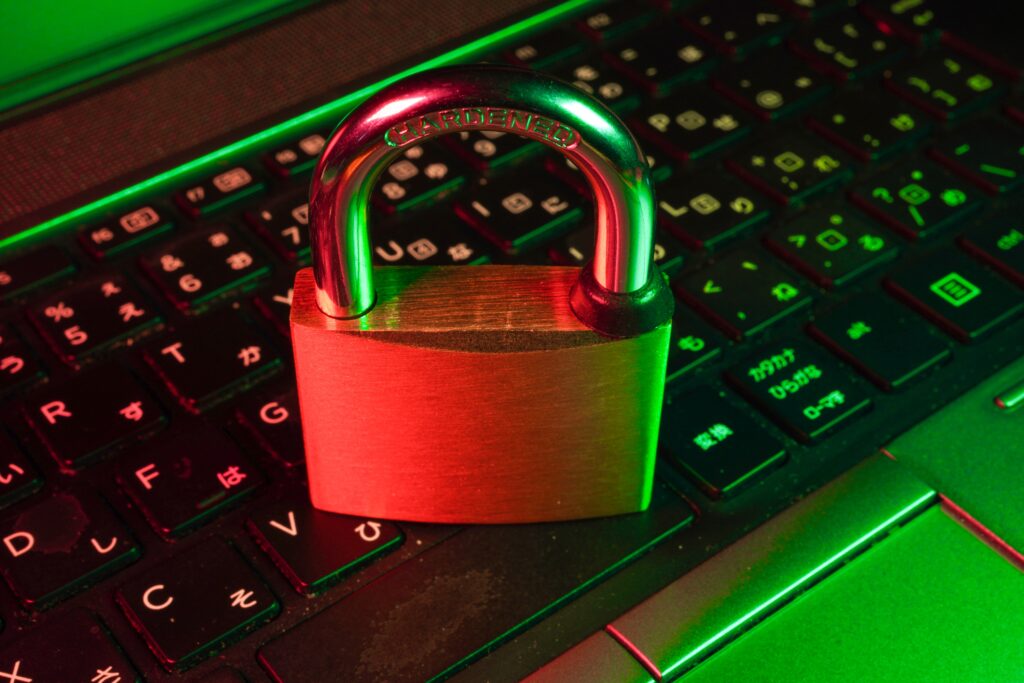In today’s digital world, LinkedIn has become a crucial platform for networking, job hunting, and professional branding. Unfortunately, with so many users, it’s also a prime target for hackers. Discovering that your LinkedIn account has been compromised can be alarming, but knowing how to recognize the signs and what steps to take can help you regain control. In this post, we'll guide you through identifying the signs of a hacked
Recognizing Signs of a Hacked LinkedIn Account

First things first, it’s essential to be vigilant. Here are some key indicators to watch out for that might suggest your LinkedIn account has been hacked:
- Unusual Activity: If you notice messages, connection requests, or posts that you did not create, it’s a strong indication that someone else is accessing your account.
- Forgotten Password Changes: If you suddenly find that you can’t log in, and you didn’t change your password, your account may have been compromised.
- Security Alerts: LinkedIn often sends notifications about sign-ins and security-related changes. If you receive an alert for an unfamiliar device or IP address, it’s time to act.
- Profile Changes: Changes to your profile information—like your headline, location, or job experience—made without your consent can signal that a hacker is at work.
- Increased Connection Requests: If you observe a sudden spike in connection requests or messages from unknown profiles, this could be a tactic used by hackers to spread spam or malware.
If you see any of these signs, don't panic; acting quickly is essential. Consider changing your password immediately and checking your account settings for any suspicious activity. The sooner you respond, the better you can protect your professional identity.
3. Immediate Steps to Secure Your Account

So, you've just found out that your LinkedIn account has been hacked—yikes, right? Don’t panic! The first thing you need to do is jump into action. Here are some immediate steps to get you back on track:
- Change Your Password: As soon as you suspect your account has been compromised, change your password. A strong password should be a mix of uppercase letters, lowercase letters, numbers, and special characters.
- Log Out Everywhere: If you can still access your account, log out from all devices. This will help prevent the hacker from continuing any malicious activity.
- Check Account Activity: Look over your recent account activity to see any unauthorized changes or actions. If you see anything suspicious, take note!
- Verify Your Email: Make sure that the email associated with your account hasn’t been changed. If it has, update it back to your original email.
- Enable Two-Factor Authentication: This is a game-changer when it comes to account security. It adds an extra layer of protection by requiring a second form of verification.
- Notify Your Connections: Let your contacts know that your account was hacked. This can help prevent them from falling prey to phishing emails or messages coming from a compromised account.
By taking these steps right away, you can help secure your LinkedIn account and put up those virtual walls hackers hate to climb!
4. How to Reset Your Password

So, are you ready to reset that password and regain control of your LinkedIn account? It's easier than you might think! Just follow these simple steps:
- Go to the LinkedIn Login Page: Start by going to the LinkedIn login page. Remember, don’t click on any suspicious links that could lead you to a phishing site.
- Click on ‘Forgot Password?’: Below the password field, you’ll find a ‘Forgot password?’ link. Click on that to initiate the password reset process.
- Enter Your Email Address: You’ll be prompted to enter the email address associated with your account. Make sure it’s the correct one, as LinkedIn will send the reset link there.
- Check Your Email: Head over to your inbox and look for an email from LinkedIn with a password reset link. If you don’t see it within a few minutes, check your spam or junk folder.
- Follow the Link: Once you find the email, click on the reset link. This will direct you to a page where you can enter a new password.
- Create a Strong New Password: Come up with a new password following the best practices we discussed earlier. Make it unique, and avoid using easily guessable information like birthdays or names.
- Log Back In: After you’ve successfully created a new password, log back into your LinkedIn account with your email and new password.
And just like that, you’re back in business! Remember, keeping your online accounts secure is an ongoing effort, so stay vigilant!
5. Reviewing Account Activity
One of the first things you should do after realizing your LinkedIn account has been hacked is to review your account activity. This step is crucial because it helps you understand the extent of the breach and what actions you need to take. Here’s how to go about it:
- Log into your account: If you can still access your LinkedIn profile, log in immediately. If you've changed your password but can still access it, check your activity log.
- Check recent connections: Look at the new connections made without your consent. If you see unfamiliar profiles, this is a definite red flag.
- Review sent messages: Go through your inbox to see if any unauthorized messages were sent to your connections. A hacker might have reached out to your contacts pretending to be you.
- Look at changes in profile information: Hackers often change profile details like your job title, company, or location. Check if anything looks off.
- Examine your endorsements and recommendations: See if there have been any endorsements or recommendations that you didn’t receive or give.
If you notice any suspicious activity, take a screenshot as evidence. This information could be useful later when you're working with LinkedIn support or considering further action. Remember, the sooner you review your account activity, the better you can mitigate any potential damage.
6. Contacting LinkedIn Support
If you've confirmed that your account has been hacked, it's time to reach out to LinkedIn Support. They have the resources and expertise to help you restore your account. Here’s how to efficiently contact them:
- Visit the Help Center: Go to the LinkedIn Help Center where you'll find a plethora of resources, including recovery options for compromised accounts.
- Use the "Contact Us" feature: If you can't find what you need, use the "Contact Us" link, which will guide you through a series of questions to specify your issue.
- Provide detailed information: When you explain your situation, include your account details, a description of the unauthorized activity, and any evidence you've gathered (like screenshots).
- Check the response time: LinkedIn’s support team typically replies within a few business days. Make sure to keep an eye on your email for their response.
- Prepare for verification: Be ready to answer security questions or provide proof of identity, which may be required to verify that you are indeed the account owner.
While waiting for a response, it may be helpful to inform your connections about the situation so they can be vigilant against any suspicious messages. Remember, LinkedIn is there to help, so don’t hesitate to reach out!
7. Preventive Measures to Avoid Future Hacks
Once you've recovered your LinkedIn account from a hack, the focus should shift to preventing future breaches. Protecting your account is vital in this digital age where cyber threats are becoming increasingly sophisticated. Here are some practical steps you can take:
- Enable Two-Factor Authentication (2FA): This adds an extra layer of security by requiring not just your password but also a verification code sent to your mobile device.
- Use Strong Passwords: Create a password that combines numbers, letters, and symbols. Aim for at least 12 characters. Tools like password managers can help you generate and store them securely.
- Regularly Update Your Passwords: Change your passwords every few months. If you've been compromised, change it immediately.
- Be Cautious with Third-Party Apps: Review the apps that are connected to your LinkedIn account. Revoke access to any that you no longer use or trust.
- Educate Yourself: Stay informed about the latest phishing scams. Recognizing suspicious emails or links can save you from falling victim to another hack.
- Monitor Account Activity: Regularly check your LinkedIn account activity and settings. If you notice anything unusual, take action immediately.
- Limit Information Sharing: Be cautious about the personal information you share on your profile. The less information you provide, the less opportunity hackers have to exploit it.
By following these preventive measures, you'll significantly reduce the risk of your LinkedIn account being hacked again.
8. Conclusion
Facing a LinkedIn hack can be both frightening and frustrating. But it doesn't have to be a permanent setback. With the right steps, you can recover your account and fortify it against future threats. Always remember, cyber security is not a one-time effort; it's an ongoing process that requires your active participation.
In this blog post, we covered how to recognize if your account has been compromised and what immediate actions you should take. We've also discussed preventive measures to help you secure your account for the future. Remember, keeping your LinkedIn account safe is essential not only for your professional image but also to protect your personal information.
So, stay vigilant, educate yourself, and don't hesitate to take action if something feels off. By doing so, you're not just securing your own account but also contributing to a safer online environment for everyone.
 admin
admin








